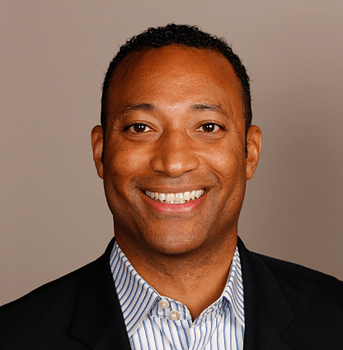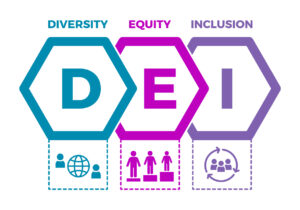How to retain people of color and build a diverse leadership
Without investment, exciting young PR pros will leave your organization before they can become the leaders that will reshape the industry.

While many companies talk about diversity, equity and inclusion, recruiting and hiring practices for people of color in management occupations are progressing at an unimpressive pace. According to the U.S. Bureau of Labor Statistics, the makeup of public relations managers in the U.S. is predominantly white (91%) with only 4.3% represented by African Americans, 2.3% Asian Americans and 7.6% Hispanic Americans.
“If you want different points of view at the table, you can’t have everyone there look like you,” says The LAGRANT Foundation Chairman & CEO Kim L. Hunter.

Kim Hunter
Hunter is often referred to as “the conscience of the board” for his ability to bring a unique perspective on DE&I. His expertise comes from experience, 31 years as a successful entrepreneur and 23 years serving on a corporate board.
Hunter first challenged how businesses approach diversity when he noticed a gap in early 1990’s-era advertising campaigns. Most ads were targeted to white consumers. He founded LAGRANT COMMUNICATIONS to create multicultural and culturally sensitive campaigns that appeal to the Hispanic, African American, and LGBTQIA+ consumer markets.
As it turns out, Hunter was ahead of his time. The U.S. Census Bureau now projects that 1 in 3 Americans will be a race other than white by 2060. That’s one reason why he says the industry’s current approach to equitable change is not enough. Companies must accelerate the pipeline of diverse professionals who can move into senior executive positions.
“You have to look at where people of color are placed in the organization. Are they on the senior leadership team? Are they on the operating team? Are they on the board of directors, leading a practice, or reporting to the CEO? If those questions lack answers, it’s imperative to take action to change the situation—to go beyond recruiting diverse talent to having success retaining them,” Hunter says.
DE&I in your business model
To make a true impact on the bottom line, brands must take action with a long-term plan. DE&I initiatives must be included not only in culture and hiring practices, but also as a central piece of the business model. With this mindset, companies can map out goals and plans for recruiting and retention that are feasible and beneficial to the business.
To drive action behind diversity and inclusion efforts, Hunter advises executives to frame this as a business goal and tie it to compensation—a technique frequently used to raise revenue, sales and other initiatives important to the company. By making DE&I a business priority, company executives have no alternative but to change.
Give new professionals real-world skills
Since its inception in 1998, The LAGRANT Foundation has provided nearly $3 million and 703 scholarships to increase the number of ethnic minorities in the fields of advertising, marketing and public relations. Last year, through a partnership with HP Inc., the two companies launched the “Technology + Social Innovation Program,” a three-year program to support diverse communications talent early in their career.
Program participants have access to a global network of mentors and learn practical skillsets centered on areas including corporate reputation, brand journalism, product positioning and content and digital marketing. They also learn about the intersection of business and society, with a focus on how priorities such as sustainability, education, equality and human rights influence reputation and ultimately drive business success.
To round out their education, these new professionals are given access to HP Life, a global online program. They can take classes such as business communications, design thinking and data science, and then put what they learn into practice, using insights and analytics to reach and influence audiences.
“We are immensely proud of our partnership with The LAGRANT Foundation to deliver learning and mentoring experiences to emerging talent,” says Karen Kahn, HP’s head of corporate affairs and chief communications officer. “Our goal as a business is to reflect the markets that we serve, and those markets are enormously diverse. Partnering with them allows us to broaden our thinking and obtain new resources for identifying top talent. When our talent reflects the diversity of the customers and markets we serve, we are not just doing the right thing, we are also driving far greater innovation.”
Hunter agrees. “Given the minority will unequivocally become the majority in the near future, this program develops the next generation of communicators and builds on our mission to increase the number of ethnic minorities in advertising, marketing and public relations,” he says.
Mar Junge is the founder and principal of C3PR Public Relations & Marketing and a board member of PRSA Silicon Valley.






